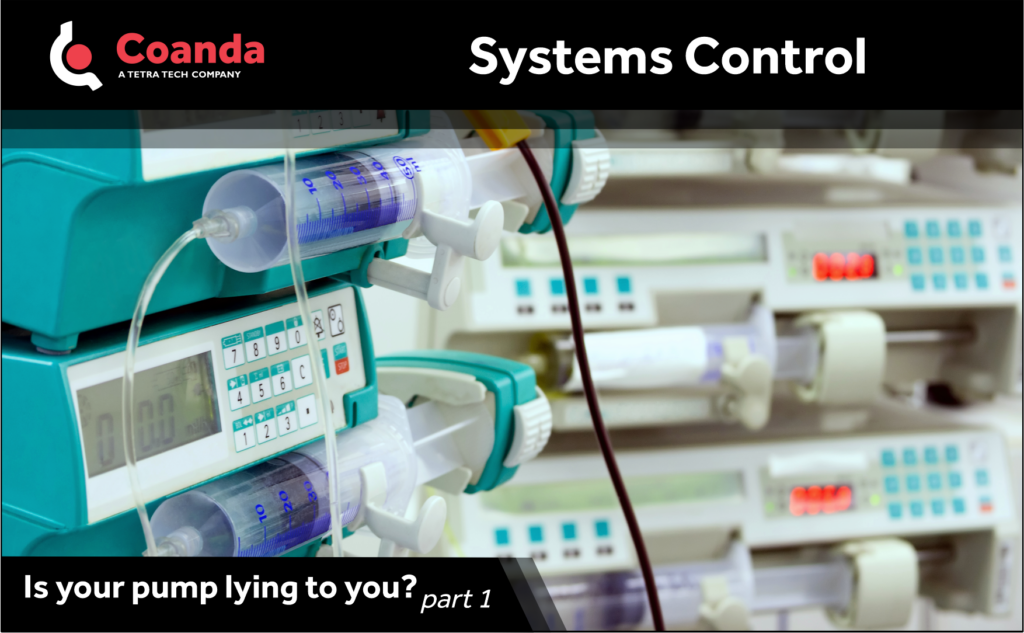Systems Control – Pump Microstepping
Posted on January 26, 2023 Instrumentation & Equipment Design
This post was originally published in two parts which have been combined below.
Part 1

Syringe pumps typically claim to be able to output flow rates ranging from much less than a microlitre per minute to many millilitres per minute. If you’re using your syringe pump at the low end of the speed range, you’re possibly not getting the continuous flow you might expect.
The driving mechanism inside syringe pumps is typically a stepper motor with a toothed-belt drive on a lead screw. The best-case scenario is that there’s no stick-slip in the syringe (such that stretch in the toothed belt doesn’t matter) and that the lead screw is perfect. The flow is still fundamentally quantized because the stepper motor makes discrete steps.
Standard stepper motors have 200 natural steps per revolution. Stopping the current in one motor winding and energizing the next advances one step. Half-steps can be made somewhat reliably by energizing two windings at the same time, pulling the rotor equally between two step positions.
Quarter-steps are never really a quarter of a step, though. Quarter-steps are attempted by energizing two windings with a 3:1 current ratio, but the rotor will pull much closer to the full-step position than the half-step. Eighth-steps and smaller are progressively less reliable.
Next post we’ll examine the consequences of microstepping on the syringe pump flow.
Part 2
Last post we discussed the stepper motors that typically drive syringe pumps. Stepper motors generally have 200 natural, magnetically-aligned, steps per revolution. Microsteps, made by energizing two motor windings at the same time, do not produce uniform step sizes. Here we’ll examine the consequences for syringe pump flow.
Your syringe pump specs should indicate the advance per microstep, and what the microsteps are. 1/128th steps are very common! With the syringe diameter, flow rate and advance per microstep, you can calculate how often the microsteps occur. At minimum flow rates, it’s frequently several seconds between microsteps and hundreds of seconds between full steps.
The combination of these uneven, spaced-out steps and the stiction of the syringe plunger on the syringe wall results in an intermittent liquid delivery, where the liquid flows for a short time then stops then starts again. The delivered flow rate may indeed still be as intended when averaged over a large timeframe, such as a minute, but the actual flow rate at any given moment fluctuates between zero and a much higher throughput. This can be a particularly problematic situation when micro dosing fluids into a process stream such as adding a coagulant to a mixture or applying adhesive to a surface.
If you’re running your syringe pump at the low end of its speed range, find a capillary tube, connect it to the pump and watch the meniscus advance. This might not sound exciting, but if you care about the reliability of your flow rate, you might end up quite excited.


